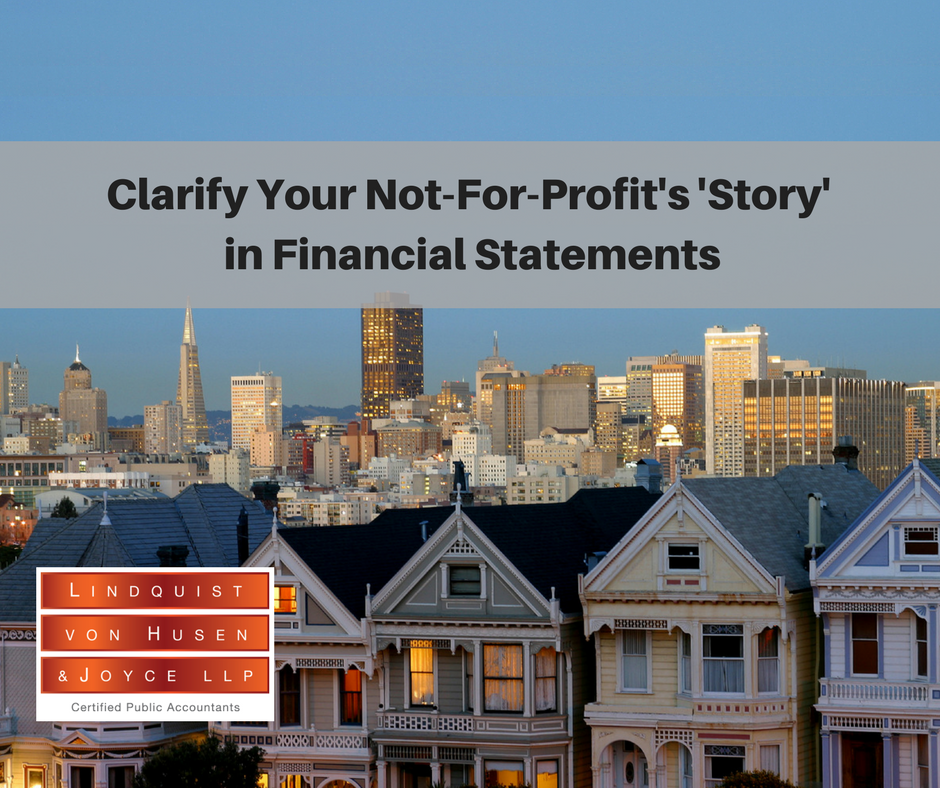
Over more than 30 years of work with not-for-profits, the team at Lindquist, von Husen & Joyce LLP has looked for new ways to help organizations share their unique story. Often, we help them tell it through their numbers.
Numbers are a language, but sometimes they can become a foreign language in financial statements. When reviewing the financial statements of most not-for-profit affordable housing developers, for example, we’ve seen that although FASB’s minimum requirements for disclosure are generally being met, organizations miss opportunities to tell their story – providing financial information that is easier for outside readers to understand.
In the not-for-profit world, outside readers may include lenders, investors, donors, board members and state and federal agencies. A lack of transparency or inconsistency in financials may put your organization’s reputation and future funding at risk.
Here are a few tips on consolidated financial statement disclosures for affordable housing developers and related entities. Whether or not your organization is related to affordable housing, these tips offer insights on how your financial statements can tell a better story.
Emphasize the health of the parent organization.
For larger organizations that have multiple entities, programs or properties, consolidated financial statements are commonly used to simplify reporting. However, stakeholders outside your organization mainly want to know the level of financial health of the parent entity. Consider ways to outline the major programs, lines of service, receivables or properties that demonstrate the health and assets of the parent organization. Provide a separate section/list of all other entities included in the consolidated financial statements.
Format receivables/contributions to align with programs or entities that receive it.
Listing the names of contributors or grantors of funding is not as informative as listing the amount of funding received and which program or type of entity benefited from it. Use graphic tables that are easy to read in your financial statements to allow a quick review of contribution amounts (grants, contracts, donations) and a name or description of the receiving entity or program type. This format gives readers a sense of direct funding impact.
It is also helpful to explain the nature of restricted or temporarily restricted funding. How is it restricted/designated and for how long? This could apply to donor contributions, multi-year grants or pledges, program-specific funding or endowments, for example.
Clarify deferred revenue or unearned income.
If your organization has grant awards in progress or anticipates funding in future years, it is helpful for potential funders to know about this anticipated revenue. Include a table that identifies unearned income or deferred revenue, the period of time for the deferral and how the organization will recognize the revenue when it occurs.
If your not-for-profit organization is looking for better ways to present your financial statements to improve transparency and support future funding, LvHJ can answer your questions. Talk to us about ways to enhance your not-for-profit financial statement presentation to deliver more useful information to readers.








